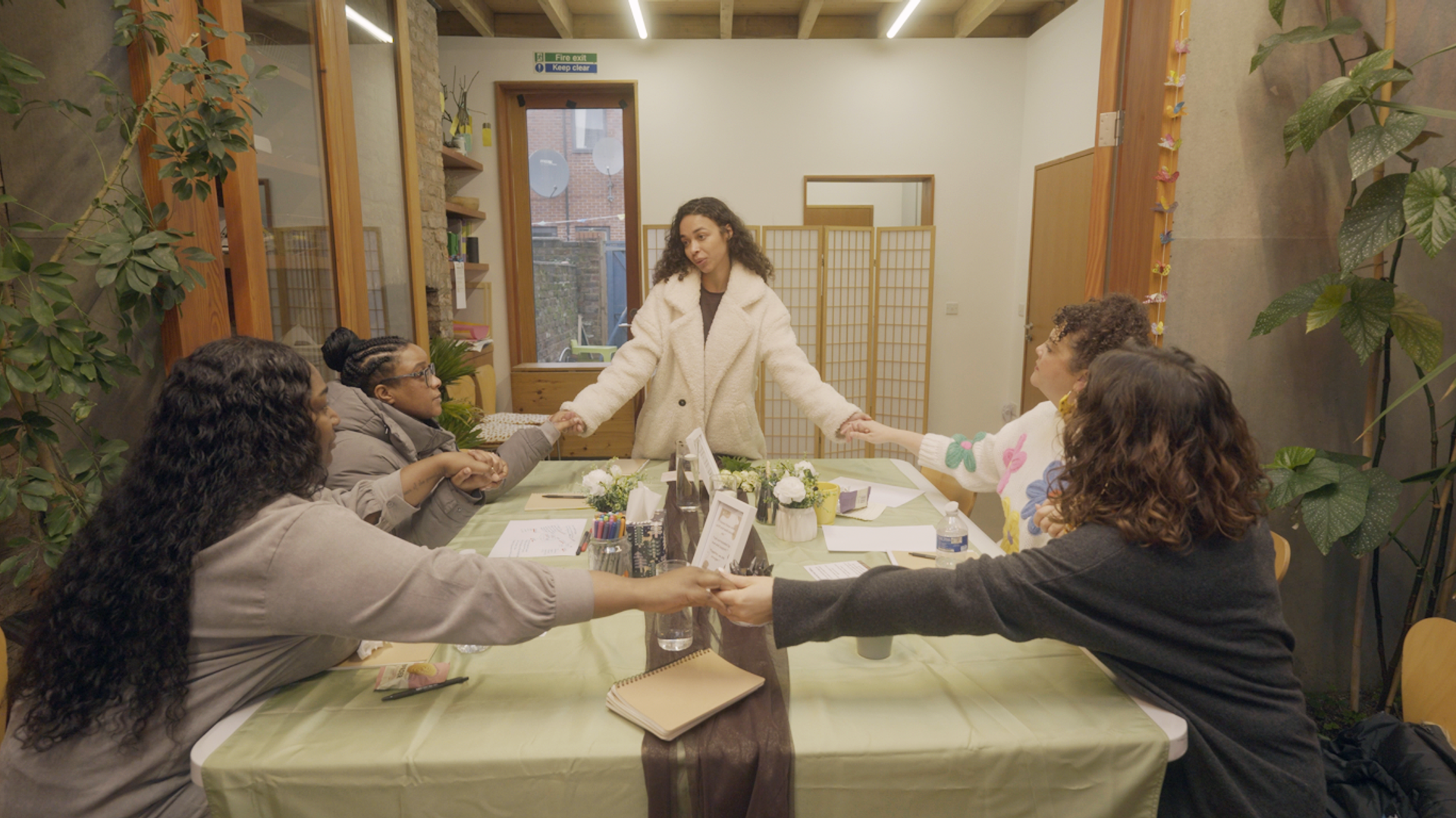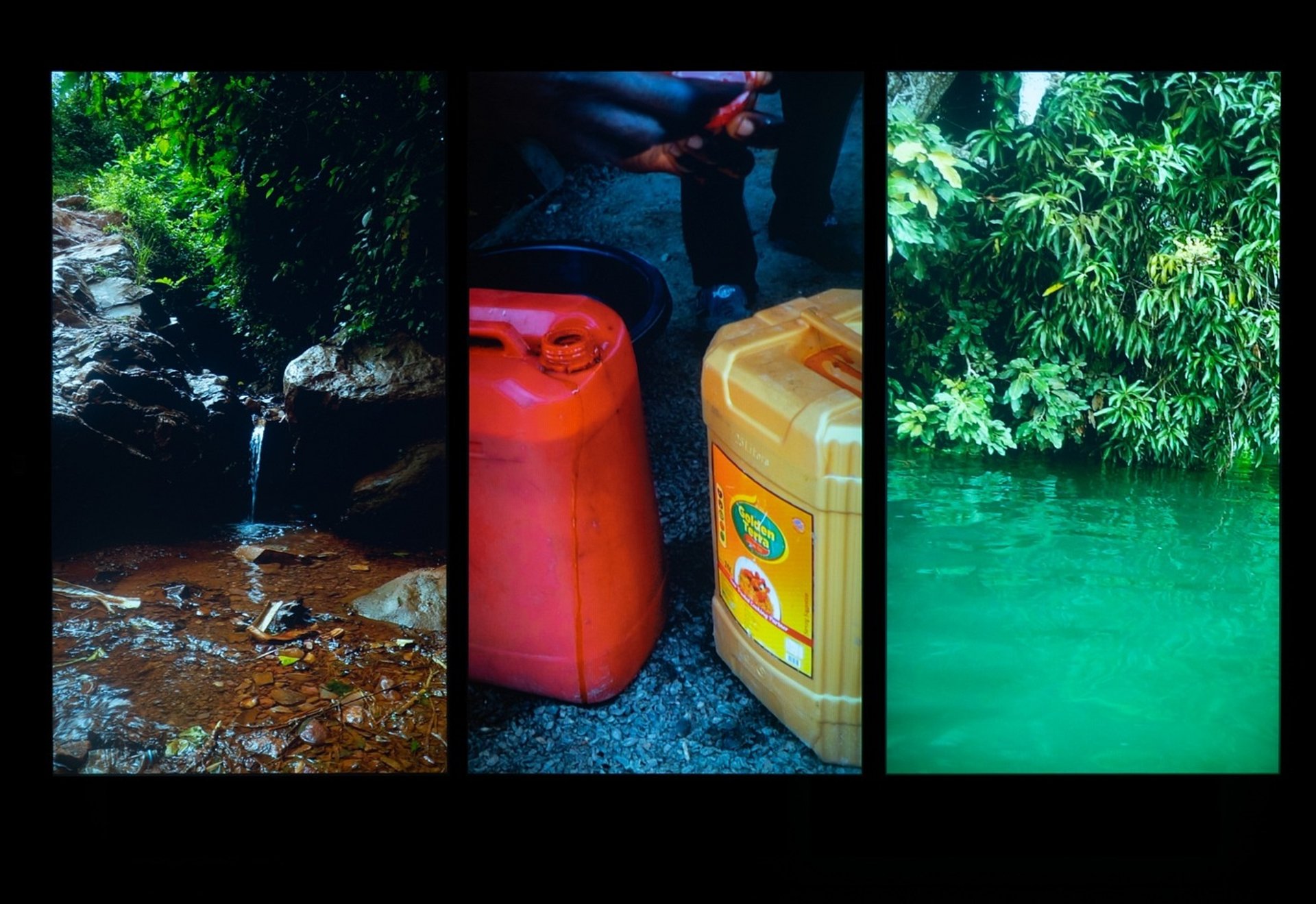Liverpool Biennial 2025 digs deep into its city’s foundations with ‘Bedrock’ theme
The 13th edition of the Liverpool Biennial—the UK’s largest city-wide festival of contemporary art—is titled Bedrock. The show (7 June–14 September 2025) explores the physical, historical and ideological strata of its host city.
Bedrock brings together 30 international artists and collectives, presenting newly commissioned and existing work across 18 venues, from galleries and libraries to cathedrals, shopfronts and public squares.
The theme uses the idea of the city’s literal foundations—its sandstone geology—to explore the metaphorical. “The city is founded on bedrock,” its curator Marie-Anne McQuay says. “Not everything is made of sandstone, but it features heavily in Liverpool’s architecture, from the tunnels to the Anglican Cathedral. You also see it in the Old Dock—the world’s first enclosed commercial wet dock—where geology and empire meet.”
The Bluecoat Building—one of the 18 venues for the 2025 Liverpool Biennial
Photo: Sophie Traynor
McQuay, who has lived and worked in Liverpool for more than a decade, says she started her preparation by walking the city, as “that’s how you encounter the biennial“.
Twenty-two new commissions appear in both expected and unconventional settings: in the city’s noted galleries, but also in working pharmacies, clothing shops, municipal offices, gardens and civic spaces. “You’ll find art on the walk between the two cathedrals, through Chinatown, and in the heart of the city,” McQuay says. “We’ve worked closely with Pagoda Arts, the East and South East Asian network and community-led regeneration initiatives, so the biennial is not just reflecting Liverpool, but participating in its civic life.”
Indeed, McQuay continues, the biennial is about “more than the setting—it’s the context. I wanted to think about what is truly particular to Liverpool, beyond the river [Mersey]“.
Liverpool’s layered histories—as a port city shaped by empire and industry, and as a resilient civic community that has reckoned with contemporary tragedies like the Hillsborough disaster—form the exhibition’s conceptual core. “Liverpool has no real foundational origin outside of empire,” McQuay says. “But it also has this remarkable civic strength. I wanted the biennial to honour that complexity—its everyday life, as well as its historical narrative.”
Artists were also invited to bring their own interpretation of “bedrock” to the project. “Some are directly responding to Liverpool’s colonial history,” McQuay says. “Others work from their own foundational values: family, language, chosen kin, care, loss of land or homeland, and a connection to the environment.”

Amber Akaunu, still from Dear Othermother (2024) Courtesy of the artist
While some of the work on show stretches this brief rather liberally, with occasional tenuous links to the city, there are several works which stand out. These include Liverpool-born artist Amber Akaunu’s film Dear Othermother, which is on view at Bluecoat. The film focuses on networks of mothers Toxteth, one of the oldest Black communities in the UK—exploring a societal construct of “chosen family“ that exists far beyond the media depiction of the traditional family unit in the UK.
At Fact Liverpool, Linda Lamignan explores Liverpool’s entanglement with Nigeria’s extractive palm oil and petroleum industries through a huge, triptych film installation. Nearby, DARCH—a collective from Somaliland, India and Wales—fuses clay, sound and oral histories to invoke historical land practices used by ancestors of the Liverpool’s diaspora. At Liverpool Central Library, Dawit L. Petros displays an installation of hidden literature about a British-led Nile expedition in 1884-85, drawing on archives and maritime documents.
The work, which was developed through a residency at Liverpool John Moores University, conjoins shards of history into an alluring narrative.

Linda Lamignan, We are touched by the trees in a forest of eyes (2025) Liverpool Biennial 2025 at FACT. Photo: Mark McNulty
The biennial’s headline draw, though, is a new work by Turner-Prize winning artist Elizabeth Price, who debuts a video installation at The Black-E, a civic centre on the edge of Chinatown often used for table tennis sessions by the city’s Chinese community. The film delves into the aesthetic languages and—as Price puts it in the film—“radical character” of the Modernist Catholic churches built in the UK over the decades, often by immigrants and their descendants.
Price presents a layered visual essay exploring the historical intersections of a religion which is deeply rooted in Liverpool. Her trademark hypnotic use of voice and rhythm is full force in the work, which offers a compelling reframing of a familiar institution.
“This biennial is about the things that ground us—geologically, culturally, emotionally,” McQuay says. “It began with a rock and became about values, resilience and the ways we live together. It’s an optimistic manual for difficult times.”
She adds: “Foundations are never neutral. They are carried, resisted, excavated and rebuilt. The biennial asks where our foundations lie—and what kind of future we can build on them.”
- Liverpool Biennial 2025: Bedrock, various venues, 7 June–14 September 2025




